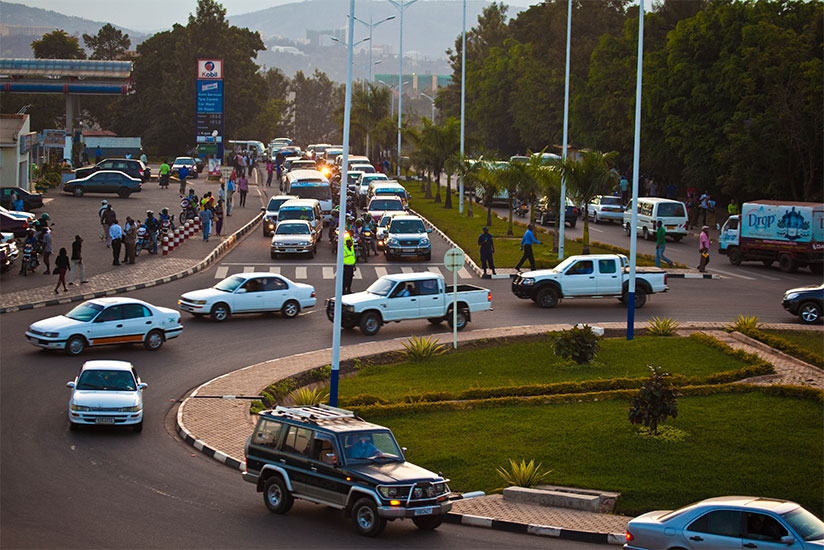Driving in Rwanda and Uganda
A self-drive road trip through Rwanda and Uganda offers an incredible opportunity to experience these countries’ rich landscapes, wildlife, and cultures. With proper preparation, the right vehicle and an adventurous spirit, You will have an unforgettable journey if you respect local traffic laws of each country.
Driving in Rwanda and Uganda involves different rules of the road and varying road conditions, with Rwanda having excellent paved roads and Uganda featuring good major highways but rougher, gravel roads, especially in national parks and remote areas, requiring a 4×4 for rougher routes.
Key differences include Rwanda’s right-hand driving with the steering wheel on the left, while Uganda drives on the left and steering wheel on the right-hand side. Essential tips for both countries include avoiding night driving, carrying vehicle documents, being mindful of speed bumps and livestock, and planning your route in advance.
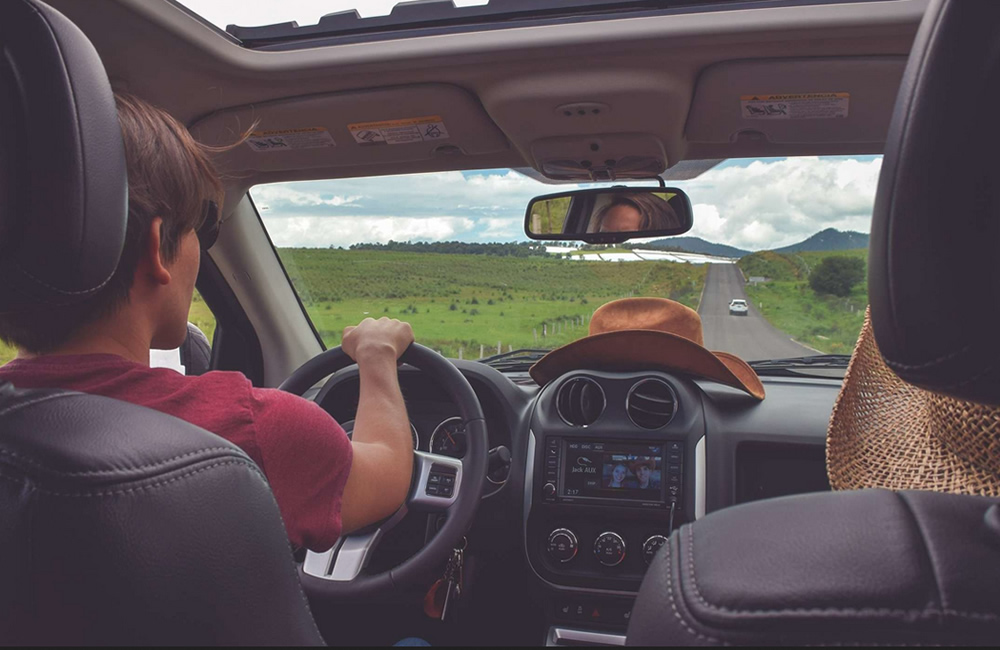
Differences Between Rwanda and Uganda
Driving Side:
Rwanda requires driving on the right side of the road, with the steering wheel on the left while driving is Uganda is on the left with steering wheel on the right-hand side.
Road Conditions:
Rwanda’s roads, especially between cities like Kigali, are generally well-paved and in good condition. In contrast, Uganda’s national park roads and rural routes can be rough, muddy, and slow, often requiring a 4×4 vehicle for comfort and access.
Road conditions in Uganda are very good especially the main highways from Kampala to all corners of the country are smooth asphalt. You will encounter speed bumps and the occasional pothole, so be aware of that.
Vehicle Requirements:
A 4×4 is often necessary for Uganda’s national parks and some rural areas, but less so for Rwanda, where distances are shorter and roads smoother.
Driving tips for Uganda and Rwanda
Avoid driving at night because roads are often poorly lit, and there’s a higher risk of accidents due to wildlife, people crossing, and bad drivers who drive under the influence of alcohol in Uganda.
Always carry your documents such as your driver’s license, vehicle registration, rental agreement, and proof of insurance with you.
Beware of speed bumps especially in Uganda as roads often have very frequent and unexpected speed bumps. Be cautious of animals and livestock on the roads, particularly in rural areas and at dark.
Always fill up your fuel tank this is because fuel can be scarce in remote rural areas, so top up your tank whenever you have the opportunity.
Plan your route well and don’t rely solely on GPS; consult driving times tables and allow extra time for frequent stops and potentially rough roads, especially if traveling during the rainy season.
It is necessary to have a safety Kit as any thing can happen while on the road and these include a jack, wheel spanner, spare tire in case of flat tyre, jumper cables, and a flashlight.
Be prepared for police checks as Police checkpoints are common both in Uganda and Rwanda, so have your documents ready.
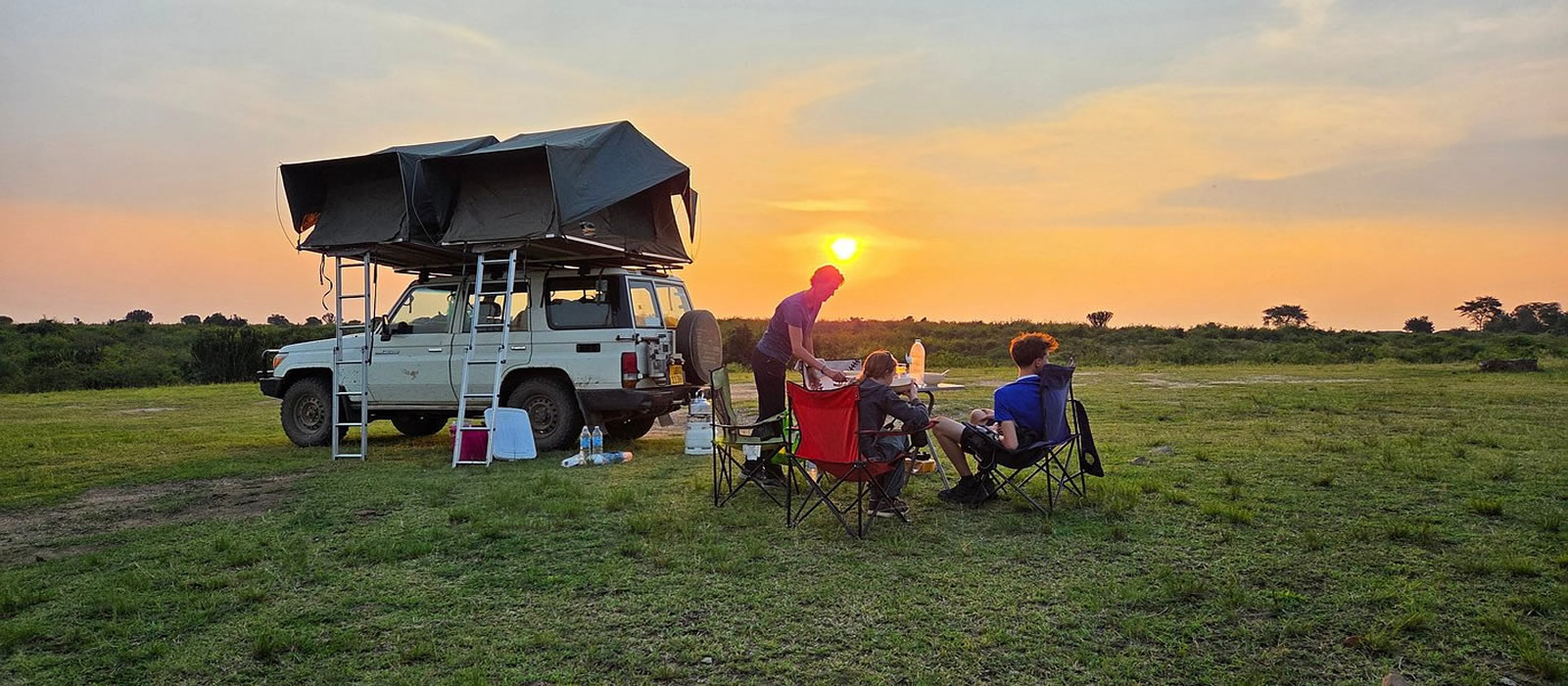
Driving speed limit
The speed limit is 50km/h is trading centers and 80km/h on high ways in Uganda where as it is 60Km/h in Rwanda with speed cameras all over places. Once you violate these speed limits expect to get some fines. In national parks the speed limit is 40km/h and animal have right of way and violating these limits in parks attract fines which are paid before leaving the park.
Choosing the right rental company and vehicle
This is the most crucial step in your cross-border journey as not all car rental companies in Uganda permit their vehicles to be taken out of Uganda, and for those that do like us, there are specific requirements and fees. Look for a company specializing in cross-border travel. Many reputable local and regional car hire companies explicitly offer cross-border or one-way rentals to Rwanda, Kenya, and Tanzania. They are experienced in handling the paperwork and can guide you through the process. The 4×4 is must have as the roads in rural Rwanda and Uganda can be challenging, especially during the rainy season. A reliable 4×4, such as a Toyota Land Cruiser Prado or a RAV4, is essential for its ground clearance and durability. The rental company will likely only approve cross-border travel with one of these vehicles.
Be transparent about your itinerary. Inform the rental company of your exact travel plans, including your planned border crossings and the duration of your trip in each country. This is vital for them to prepare the correct documentation and insurance.
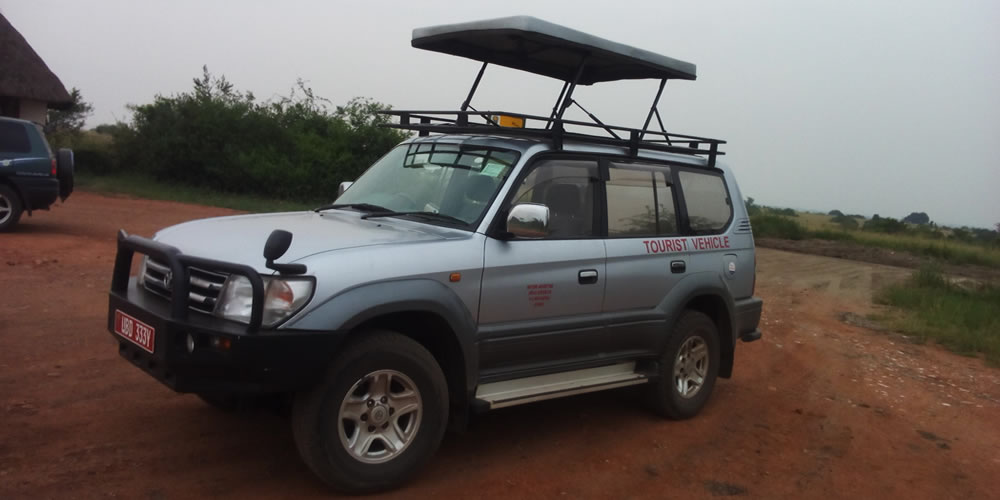
Border Crossing Process
The border crossing between Rwanda and Uganda is generally straightforward, but patience is key as you may find when two buses have parked and all these people are are in the Que. The most common crossings for tourists are at Cyanika near Mgahinga in Uganda and Volcanoes in Rwanda and Gatuna/Katuna in Kabale.
Step 1: Exit Uganda. On the Ugandan side, you will go through immigration to get your passport stamped for exiting the country. You’ll also need to get your vehicle’s temporary import permit cleared by customs.19
Step 2: Enter Rwanda. You’ll then drive to the Rwandan side of the border. Here, you’ll go through immigration to get your passport stamped for entry. Customs officials will check your vehicle’s documentation, including the letter of authority and COMESA insurance, and issue a temporary import permit for your car.
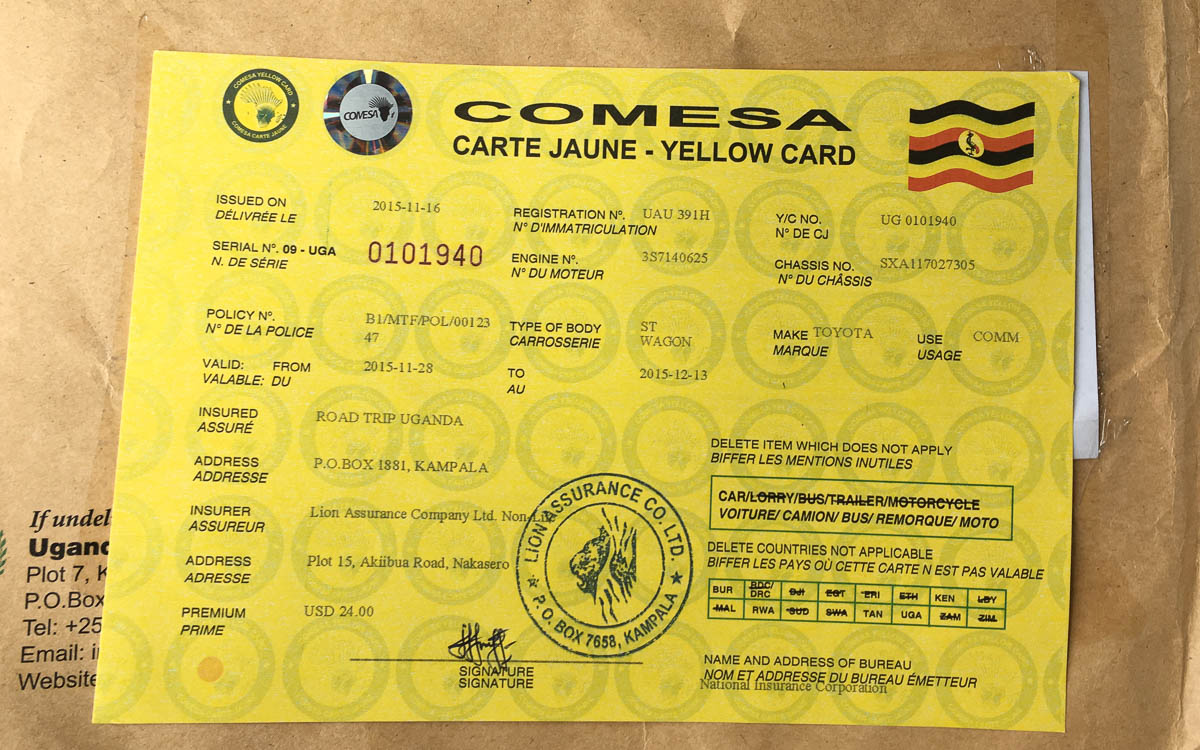
The Paperwork
Cross-border travel from Rwanda to Uganda requires a specific set of documents for both you and the vehicle. Make sure you have all of these in order before you even begin your drive. Make sure you have Passport and Visa, Ensure your passport is valid for at least six months beyond your travel dates. The most convenient option for most foreign tourists is the East African Tourist Visa (EATV), which allows for multiple entries into Rwanda, Uganda, and Kenya on a single visa for 90 days. It costs $100 and should be applied for in the first country you enter.
Always carry your Driver’s License and make sure that it is valid. An International Driving Permit is also highly recommended as it translates your license into multiple languages and can be useful at checkpoints.
Make sure you have a Letter of Authority, This is a key document from the rental company granting you permission to take the vehicle out of Uganda and into Rwanda. It must be signed by the car owner and include the dates of your authorized travel and you should have Vehicle Documents like certified copies of the vehicle’s registration and license papers.
Expect extra costs of insurance and fees
Taking a rental car in Uganda across an international border incurs additional costs beyond the standard daily rate. They include Cross-Border Insurance (COMESA, The most critical piece of insurance is the COMESA Yellow Card. This third-party liability insurance is a requirement for foreign vehicles traveling within East African Community member states. Your rental company will arrange this for you for an additional fee, typically around $40-$50 for 14 days.
Border Crossing Fees, Be prepared to pay various fees at the border, which can include road taxes and other administrative charges. It’s a good idea to have some local currency (Rwandan Francs and Ugandan Shillings) or US dollars in small denominations to cover these.
One-Way Fees, If you’re dropping off the car in a different country (e.g., picking up in Kigali and dropping off in Kampala), you will need to pay a significant one-way fee to cover the cost of fuel drivers bus ticket and allowance in returning the car back.
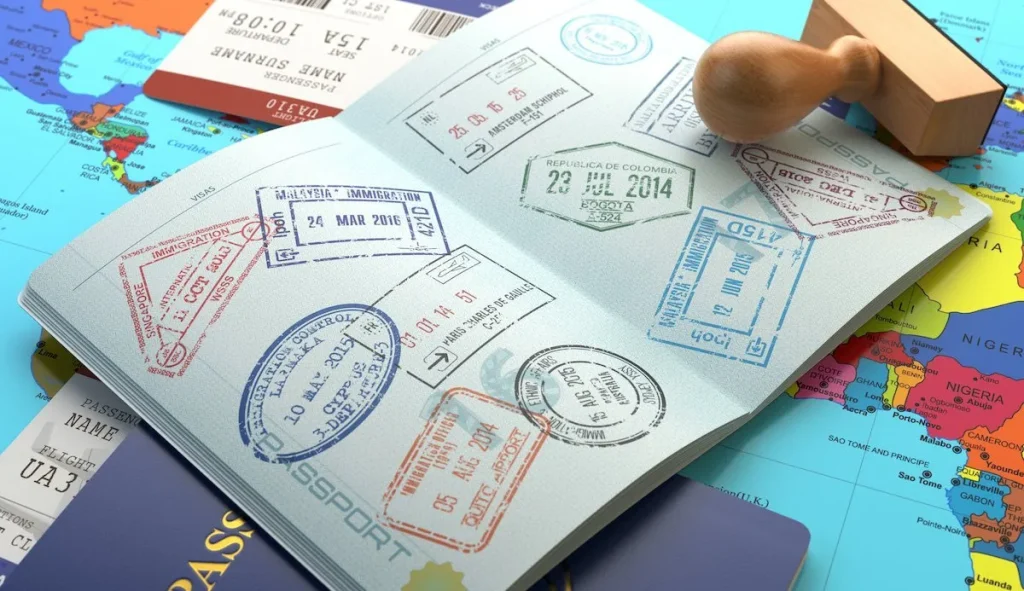
Final tips for a smooth trip
Yellow Fever Certificate: Carry your Yellow Fever vaccination certificate. It is a mandatory requirement for entry into both countries.
Download Offline Maps: Cell service can be unreliable in some areas. Download offline maps of both Rwanda and Uganda on your smartphone before you leave.
Know the Rules of the Road: Familiarize yourself with the driving laws in both countries. In Rwanda, you drive on the right-hand side, and in Uganda, you drive on the left.
Vehicle entry fees
For a Uganda-registered vehicle entering Akagera National Park, you will pay the East African Community (EAC) registered vehicle fee, which is currently USD 20 for a vehicle. Fees for different vehicle types vary, so confirm the specific vehicle category with the park before you enter.
One way car rental
The one way car rental option is very appropriate for all travelers since it allows you to choose you own destination you prefer to pick up the rental car or leave the rental car. This is a convenient option for travelers who are exploring multiple countries and cities and don’t want to drive back to their starting point, offering flexibility for road trips. Book the one way car rental option with Us at Uganda car rental and enjoy delivering to your preferred trip destinations in East African countries that is Rwanda, Burundi, Uganda, Kenya and Tanzania. These are the countries we specialize in
